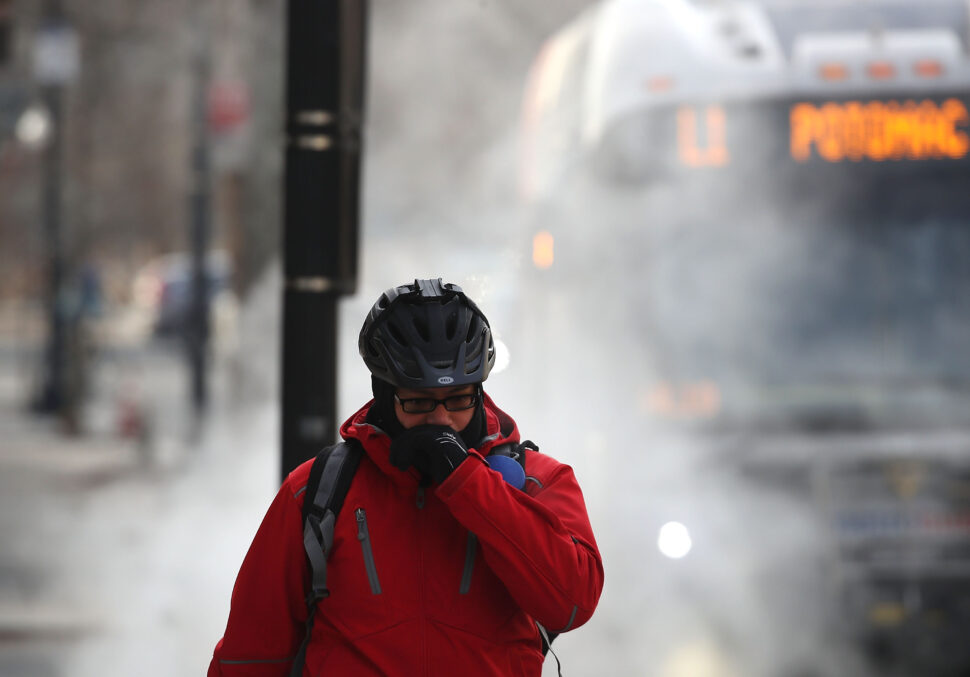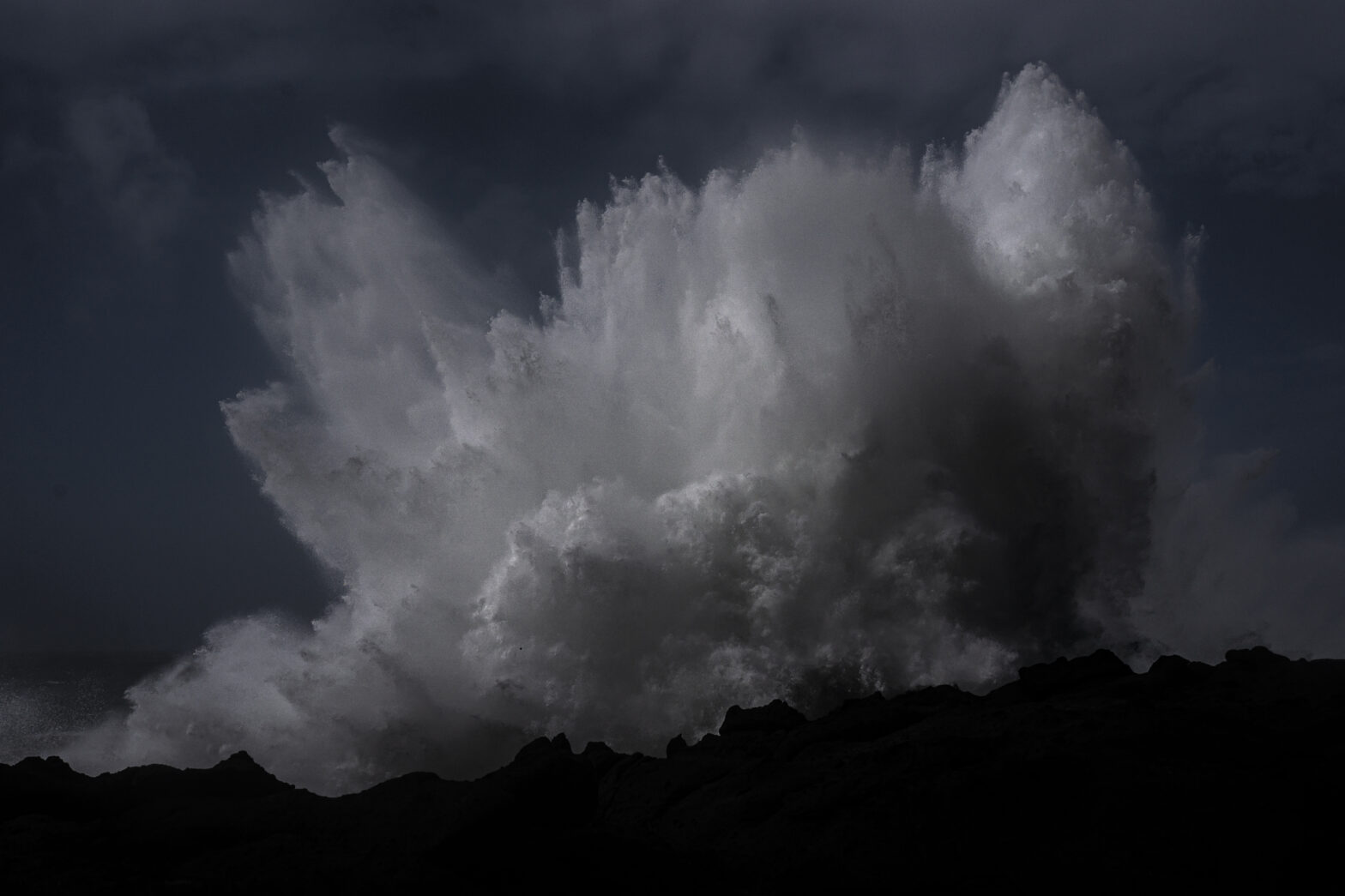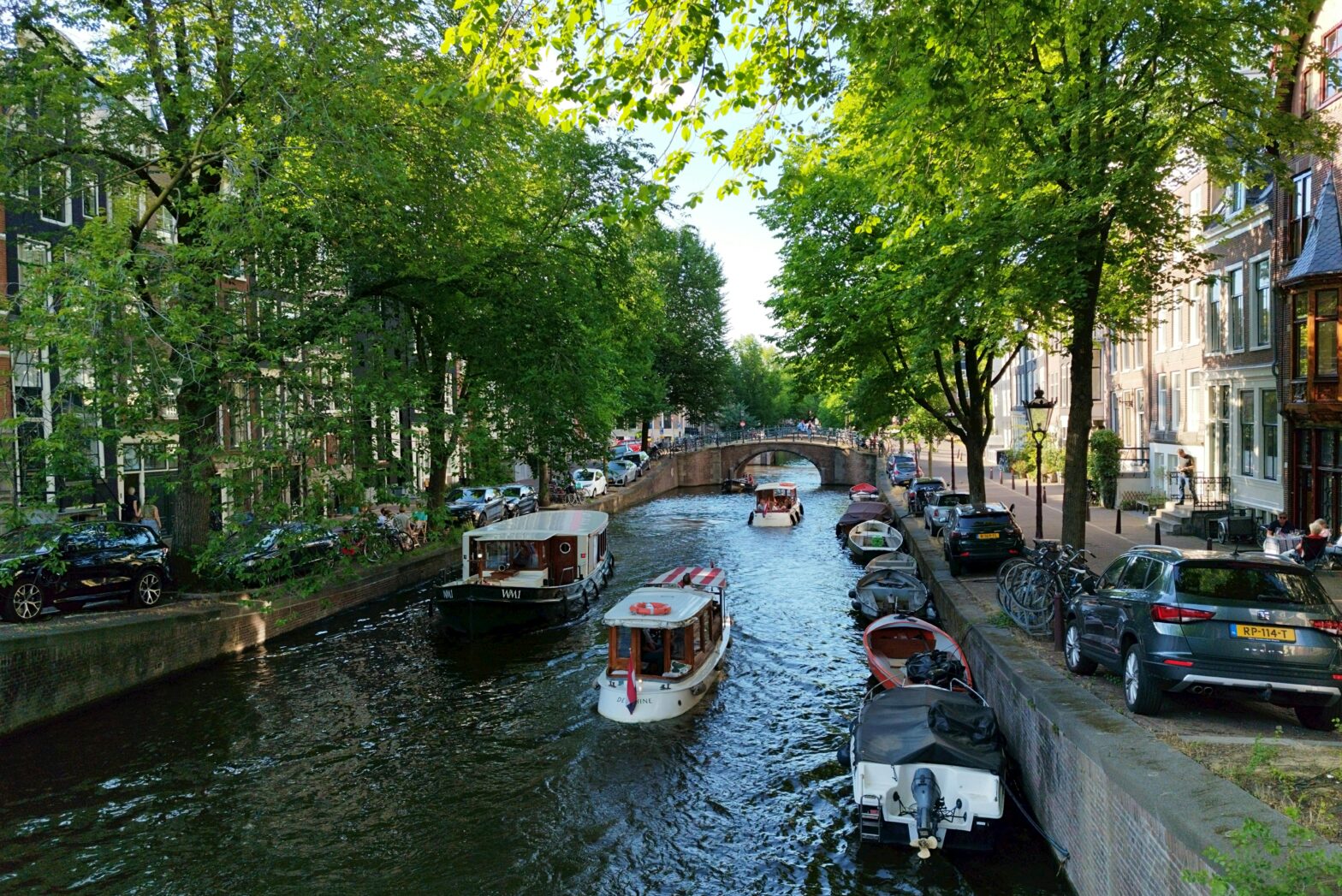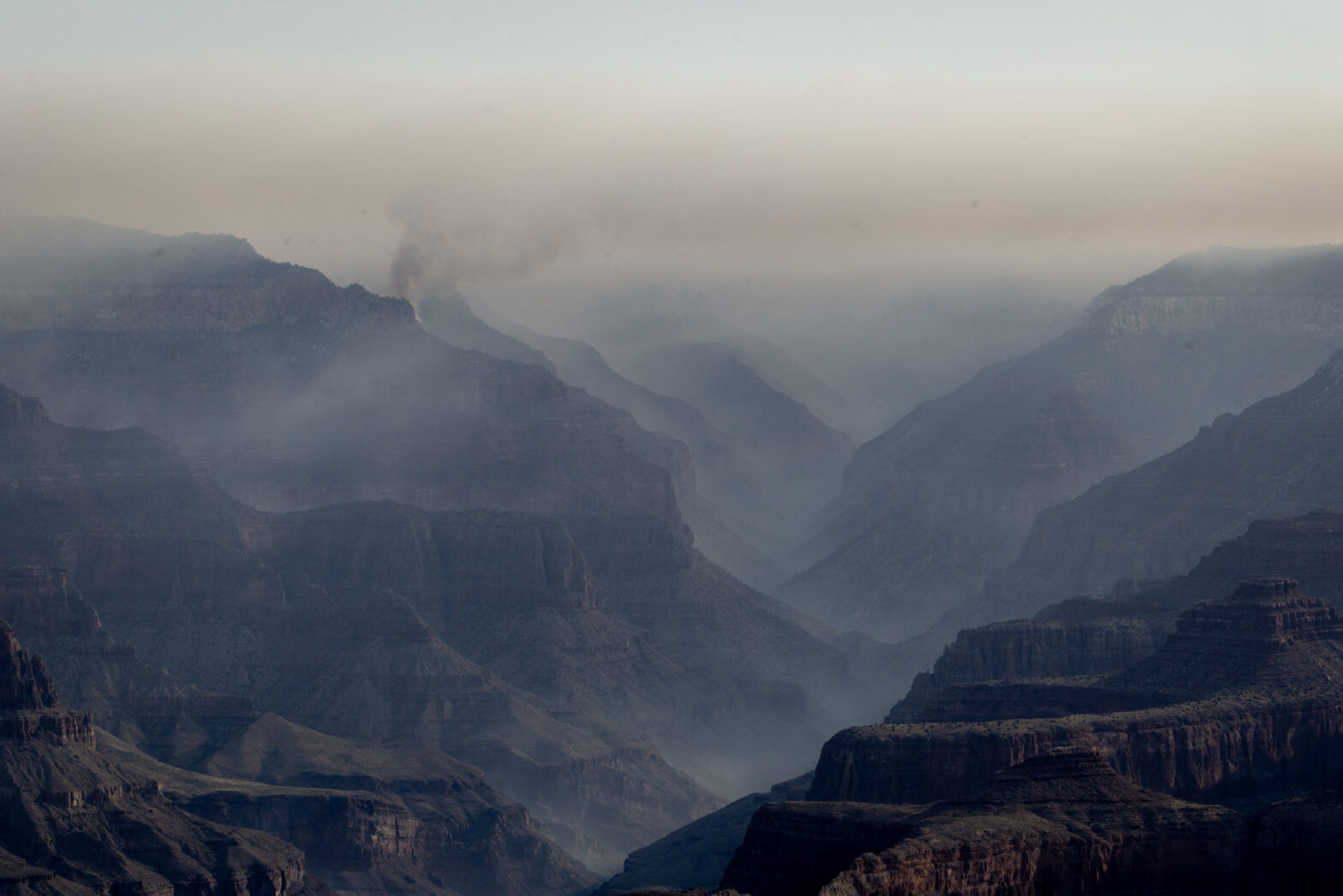Residents of the beautiful Pacific North West have been known to brag about their favorable weather almost year-round, but when Mother Nature hits the area, she strikes them hard. Currently, a phenomena known as a bomb cyclone over the Pacific Ocean is targeting the scenic area, dropping off feet of snow and leaving hundreds of thousands without power. While winter is fast approaching, meteorologist Maddie Kristell with Seattle’s National Weather Service tells The News Tribune that such extreme weather is unusual for this time of year.
What Is a Bomb Cyclone?

A bomb cyclone, also known as a “bomogenesis,” takes place when “a storm at a midlatitude is rapidly strengthened,” according to Accuweather. For those unfamiliar, midlatitude is the spot between tropics and polar regions. Typically, bomb cyclones are measured by a drop in pressure; they only earn the classification if there’s a drop of 24 millibars in less than 24 hours, per the National Oceanic and Atmospheric Administration. In other words, the atmospheric pressure lowers very quickly while the storm system intensifies.
The severity of a bomb cyclone depends on several factors, such as location, pressure rate and projected path. Historically, Accuweather notes they can “lead to some of the most violent weather systems affecting a broad area.” The extreme pressure drop increases the rate at which nearby air is pulled into the center of a storm. “As these winds move toward the center of the storm at high speed, property damage can occur, trees may fall and the power may go out,” the outlet explains.
How Could the West Coast Storm Impact Travel?
From what we’ve seen out of British Columbia so far, experts at Accuweather were on point. Canada’s West Coast has been hit particularly hard, facing heavy rains, alpine snow and intense winds that have knocked down tree limbs and left 272,000 people without power. Most of this is on Vancouver Island, where wind gusts of up to 160 km/h were reported per The Weather Network. Wind warnings are in place as of Wednesday, Nov. 20 and are likely to remain until this evening; these have led to ferry cancelations and delays, plus highway closures that left children to shelter at school for hours.
Across the border, Washington is facing similar circumstances with power outages impacting hundreds of thousands. Even in 52-mph winds, planes are still doing their best to land passengers at their destinations safely, as Fox Weather notes. Should you find yourself facing these high winds from the PNW bomb cyclone, try to shelter inside – preferably on the lowest floor of a sturdy building, avoiding cars and mobile homes.





